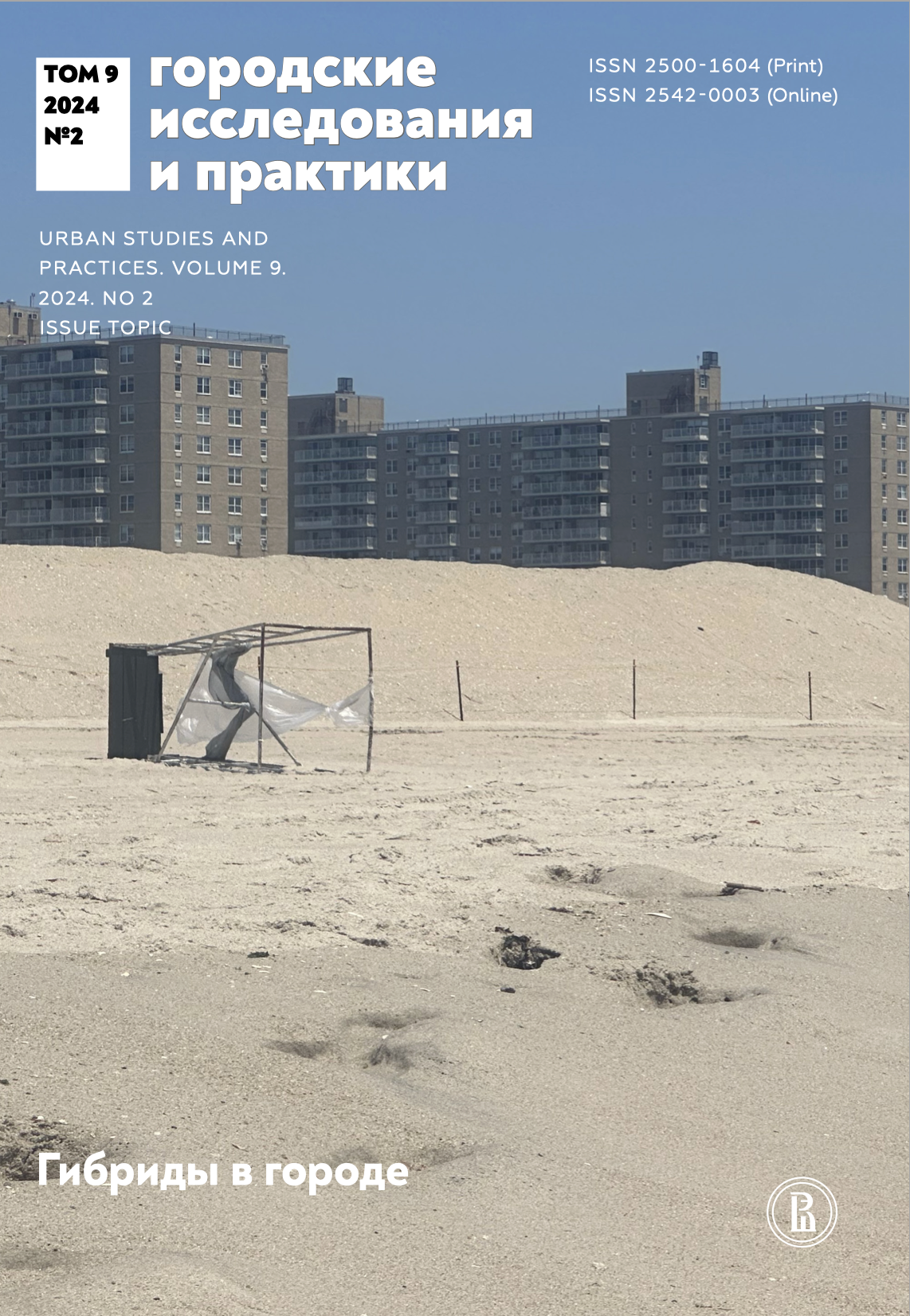River Literacy
Abstract
Separating land from water on the Earth’s surface is one of the most fundamental and enduring acts in the understanding and design of human habitation. The line with which this separation is imaged on maps, etched in the imagination, and enforced on the ground with regulations and constructions has not only survived centuries of rains and storms to become a taken-for-granted presence; it has also been naturalized in the coastline, the riverbank, and the water’s edge. These are places subjected to artistic representations, scientific inquiry, infrastructural engineering, and landscape design with little attention to the act of separation that brought them into being. Today, however, with the increasing frequency of flood and, not unrelatedly, sea-level rise attributed to climate change, the line separating land and water has come into sharp focus with proposals for walls, levees, natural defenses, pumps, land retirement schemes, and recommendations for retreat. These responses raise questions on where the line is drawn, but they also raise questions on the separation that this line facilitates. Is this separation found in nature or does nature follow from its assertion? By presenting the river as a product of human intention rather than nature, the author makes room for worlds without it. In particular, they make room for rain, which the presence of the river has done much to malign and marginalize. It is, however, in a world of rain that the design of the river was initiated with the invention of the line of separation.
Downloads
References
Киплинг Р. (1990) Ким. М.: Высшая школа.
Льюис К.С. (2003) За пределы безмолвной планеты. Переландра. Собр. соч. в 8 т. Т. 3. М.: Фонд имени о. Александра меня; СПБ.: Библия для всех.
Саид Э. (2021) Ориентализм. М.: Музей современного искусства «Гараж».
American Ceylon Mission (1843) Geography of Hindustan. Jaffna, Sri Lanka: American Mission Press.
Corner J. (1998) Operational Eidetics: Forging New Landscapes // Harvard Design Magazine. No. 6. P. 22–26.
Cosgrove D., Stephen D.S. (1988) The Iconography of Landscape: Essays on the Symbolic Representation, Design and Use of Past Environments. Cambridge, UK: Cambridge University Press.
Edney M. (2001) Mapping an Empire: The Geographical Construction of British India. Chicago: University of Chicago Press.
Girot С. (2013) Immanent Landscape // Harvard Design Magazine. Vol. 36. P. 6–16.
Herendeen W.H. (1986) From Landscape to Literature: The River and the Myth оf Geography. Pittsburgh: Duquesne University Press.
Hunt J.D. (2000) Greater Perfections: The Practice of Garden Theory. Philadelphia: University of Pennsylvania Press.
Hussain M. (2008) Geography of India. New Delhi: Tara McGraw Hill Education.
Ingold T. (2000) The Perception of the Environment: Essays on Livelihood, Dwelling and Skill. N.Y.: Routledge. P. 190–193.
Jackson J.B. (1984) Discovering the Vernacular Landscape. New Haven: Yale University Press.
Lahiri-Dutt K. (2000) Imagining Rivers // Economic and Political Weekly. Vol. 35. No. 27.
Mauch С., Zeller T. (2008) Rivers in History and Historiography; An Introduction // Rivers in History: Perspectives on Waterways in Europe and North America / C. Mauch, T. Zeller (eds.). Pittsburgh: University of Pittsburgh Press.
McHarg I. (1971) Design with Nature. Garden City, NY: Doubleday.
Meinig D. W. (1979) The Beholding Eye // The Interpretation of Ordinary Landscapes / D. W. Meinig (ed.). New York: Oxford University Press. P. 33–48.
Muir J. (1907) The Mountains of California. N. Y.: New York Century.
Nicholls G. (1838) A Grammar of Geography Adapted to the Education of Indian Youth. Calcutta: Calcutta School Book Society.
Plumb J. H. (1973) Introduction // The First Great Civilizations: Lift in Mesopotamia, The Indus valley and Egypt, by Jacquetta Hawkes. N. Y.: Alfred A. Knopf.
Powell W. J. (1884) From Source to Sea; Or Gleanings About Rivers in Many Fields. L.: Charles Griffin.
Rawling C. et al. (1909) Discoveries in Southern Tibet: Discussion // Geographical Journal. Vol. 33. No. 4.
Roy R. D. (1986) The Great Trigonometrical Survey of India in a Historical Perspective // Indian Journal of History of Science. Vol. 21. No. 1. P. 22–32.
Schultz S., Leitch J.A., (2003) Floods and Flooding // Encyclopedia of Water Science / B. A. Stewart, T. A. Howell (eds.). N.Y.: Marcel Dekker. Vol. 1.
Spirn А.W., (1998) The Language of Landscape. New Haven: Yale University Press.
The New Encyclopedia Britannica (2007). Vol. 26. P. 843.
Webster's Encyclopedic Unabridged Dictionary of the English Language (1989). N. Y.: Portland House.

